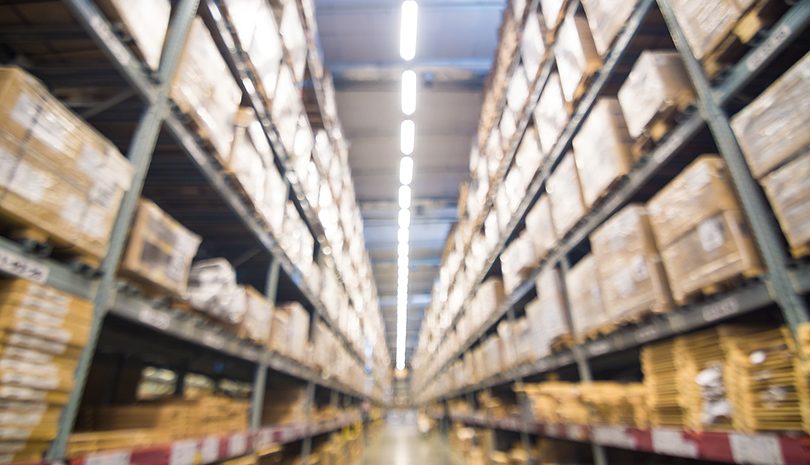Why data is key to endless aisle, click and collect

Retailers should consider how localised omnichannel fulfilment strategies can help them gain competitive advantage, especially if they are looking to move from online-only into physical stores, or from physical stores to an e-commerce presence.
Teradata’s research has shown that only 29 per cent of companies analyse their customer data and behaviours across all offline and online channels. This means retailers are potentially missing out on significant marketing opportunities in channels they may not have considered before.
The reality is that, even if a store lives only online or only in the physical world, the same isn’t true of its customers. People research purchases across store websites, physical stores, social media and more, and each touchpoint affects their purchase journey.
Key to the success of any retailing operation is to have the right stock on hand for the customers shopping at a particular location. Using data analysis lets retailers forecast demand accurately, then manage fulfilment accordingly so shoppers get the goods they want in a timely fashion.
Accurate forecasting lets retailers predict what will sell and what won’t. Automated product and location performance ranking lets retailers refine localised stock assortments and fulfilment options. Furthermore, retailers can use advanced analytics to power new omnichannel experiences for customers, such as endless aisle kiosks and click-and-collect options.
Endless aisle drives revenue
Endless aisle kiosks are screens in physical stores that show the items that can’t be displayed or aren’t in stock at that store. This lets customers combine a bricks-and-mortar shopping experience with the ability to see all product lines, colours and other variations offered. They can use the kiosk to order items that aren’t available in store, which can then be delivered directly to the customer, reducing delivery costs.
These kiosks can drive revenue and let stores offer a broader range of products, even if they don’t have a large display space. They depend on data analytics to decide what items should be displayed on the floor and what should be limited to the kiosks based on what is most likely to sell. This type of shopping can also let businesses fulfil orders from stores where items are at risk of markdown, reducing the need to sell items at a discounted rate, or even a loss.
Click-and-collect saves delivery
Click-and-collect lets people order the items they want online, then pick them up from a location of their choice. It saves time for the shopper and removes the need for them to be home at a certain time to accept delivery. It also saves the retailer on delivery fees: they simply get the order ready for the customer to pick up at their preferred time.
This model has been warmly embraced by many Australian retailers. However, it requires excellent invoice management to ensure that shoppers aren’t given wrong information. Being told an item is in stock, only to arrive to pick it up and find it isn’t there can make for an exceptionally frustrating experience.
While most retailers seem to understand the importance of an omnichannel strategy that links instore, online and mobile channels to create a seamless and individualised shopping experience, it’s essential to understand that data is the key to understanding customer behaviour across all those channels.
Retailers need to tie together data collected from the different channels and apply advanced analytics to extract the insights that let them make smarter decisions about what stock to offer and when, what items to keep in store versus those to sell online only, and when to offer customers loyalty incentives or discounts to secure the purchase.
Alec Gardner is the GM of advanced analytics at Teradata ANZ.
Comment Manually
You must be logged in to post a comment.

No comments